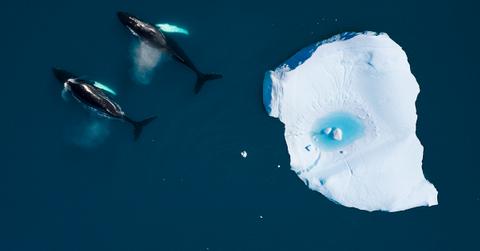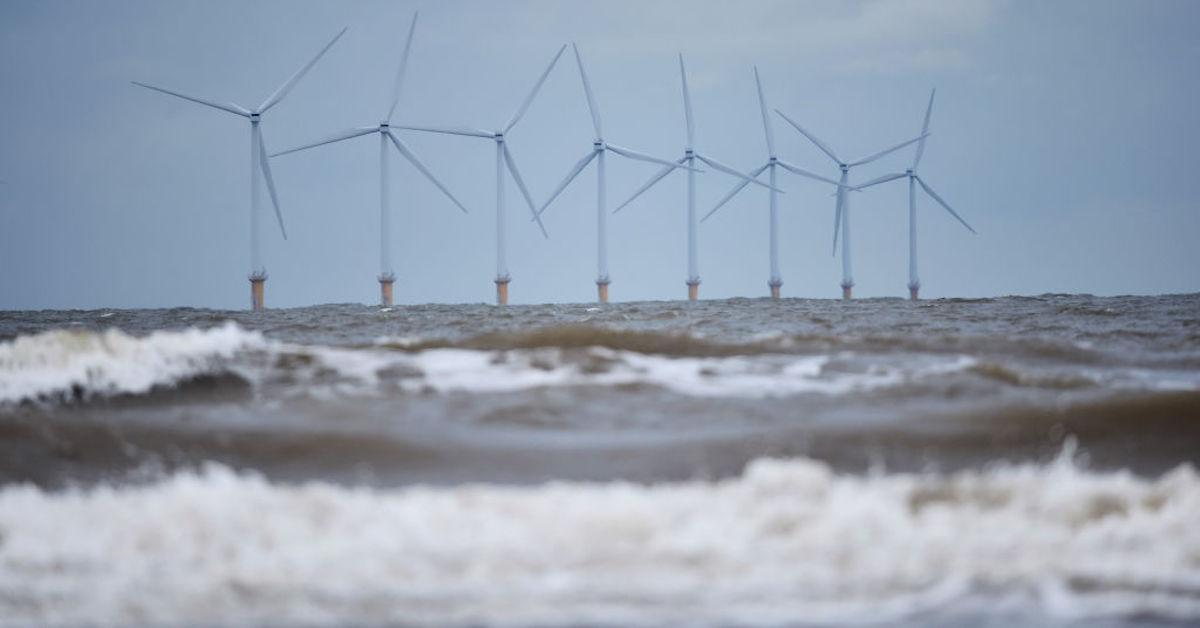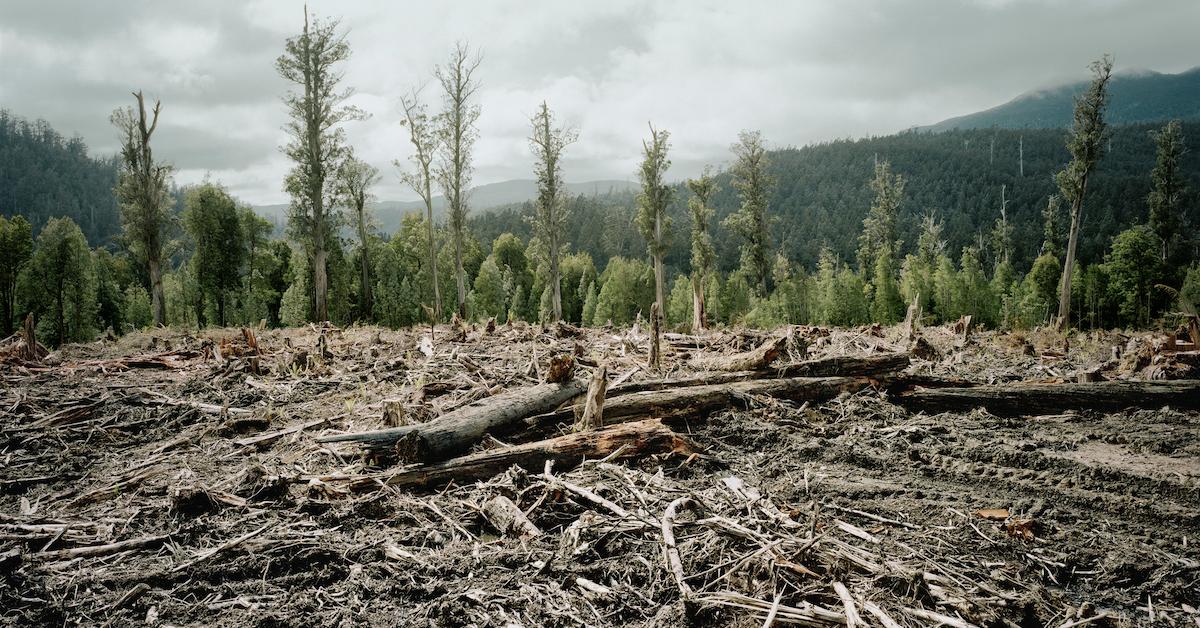Experts Believe These Are the 'Solutions' to Global Warming
Published Nov. 19 2020, 4:03 p.m. ET

The issue of global warming is defined by the NRDC as the way in which “the average global temperature has increased at the fastest rate in recorded history” over the past five decades. Essentially, the planet's temperature is rapidly increasing, resulting in harmful effects such as extreme weather events, as well as the destruction of crop production, livestock, and animals’ natural habitats (which could lead to mass extinctions in both animal and plant species).
But rather than focus solely on the effects or even the causes — myriad human activities that release greenhouse gases — many researchers and people want to know about the potential to create global warming solutions. Certainly, this problem is real, and we are the ones who created it and exacerbated its scope; but now, how do we fix it? What is the solution to global warming?

Politics play a major role in solving the climate crisis.
Experts hope to reverse the impacts of global warming, but while many researchers, scientists, politicians, and regular citizens alike can agree that something needs to be done about global warming, a consensus regarding its solutions is hazy. After all, there is inherently economic, political, and sociological factors to that all come into play, according to National Geographic.
The closest thing there is to a global warming solution is a pledge, such as the Paris Agreement, which was signed by several different countries in 2015. It pledges to make significant changes to reduce greenhouse gas pollution and emissions. It was revisited in 2018, but explains little in how countries can achieve this goal. The main point of the Paris Agreement is that the countries signed are agreeing to “put forward their best efforts through nationally determined contributions (NDCs).”
While the Paris Agreement might be a step in the right direction, the Green New Deal has more defined ways to solve the crisis. The Green New Deal is a proposed package of federal U.S. legislations and initiatives that attempt to address and rectify issues of climate change and economic inequality. The goals include: include redesigning the United States’ national grid by converting to at least 40 percent renewable energy by 2030, and achieving net-zero carbon neutrality by 2050.

There are a few possible ways to reduce our environmental impact.
According to The Wilderness Society, using public land for oil, coal, and gas is a major contributor to global warming. They said: “Our public land policies contribute substantially to the climate change problem. Oil, gas, and coal extracted from lands managed by the Bureau of Land Management and other federal agencies contribute a large piece of all U.S. greenhouse gas emissions – 20 percent to be exact.” Yikes.
Other proposed solutions to global warming include using more renewable energy sources, such as wind and solar energy. Switching to renewable sources, finding effective ways to store renewable energy, revolutionizing the electric grid, and shifting to electric transportation would help the cause tremendously.
That being said, plastic and landfill pollution is also a huge source of the problem. While our sources of energy and transportation can change, something also needs to be done about the pollution in landfills and waterways. Many believe that these issues could be combatted by producing less plastic and recycling more. The pollution in our oceans that exists now – like the Great Pacific Garbage Patch – must be largely cleaned, along with landfills, as well.
Can global warming be reduced?
It’s a big question, and an important one. When you take into consideration all the environmental damage that has been done already – the pollution in waterways and landfills, the areas that need to be cleaned, and behaviors and production that must change – it can be overwhelming. You might even wonder if reducing global warming is even possible. After all, it’s such a large-scale problem that has gotten out of control.
But according to the National Oceanic and Atmospheric Administration (NOAA), reducing the rate of global warming is not impossible. According to the NOAA, “In principle, we can slow the rate of global warming by slowing the emission rates of heat-trapping gases – mainly carbon dioxide – and black carbon aerosol to the atmosphere. Some continued warming is inevitable.” However, the main takeaway here is that it’s not impossible.
But there is no denying how difficult it is. The NOAA adds, “Stabilizing global temperature at its current level would be very difficult because it would require cutting the emission of heat-trapping gases all the way to zero. If and when zero emissions becomes possible, temperatures won’t start to recover until heat-trapping gases are actually removed from the atmosphere.”
Essentially, it’s partly about reducing the issue moving forward and partly about reversing the damage we’ve already done.
“Such removal happens naturally on time scales ranging from less than a year (e.g. black carbon aerosol) to centuries (e.g. carbon dioxide). Additionally, technical measures exist to remove some heat-trapping gases (including carbon dioxide) from the atmosphere.”

Can global warming actually be solved?
In order to achieve net zero carbon emissions by 2050, we have to start doing the work – and making the changes – immediately. The Union of Concerned Scientists writes, “While climate change cannot be stopped, it can be slowed.” Because global warming cannot really be stopped completely – there has been too much damage and too much set in motion already over a period of decades – it’s crucial to start to slowing the process now."
The Union of Concerned Scientists adds, “To avoid the worst consequences of climate change, we’ll need to reach ‘net zero’ carbon emissions by 2050 or sooner. Net zero means that, on balance, no more carbon is dumped into the atmosphere than is taken out.”
It depends what is meant by the word “solve.” The Union of Concerned Scientists writes that climate change cannot be stopped, only slowed. However, with great effort and impactful changes in legislation, we can stop the average global temperature from con